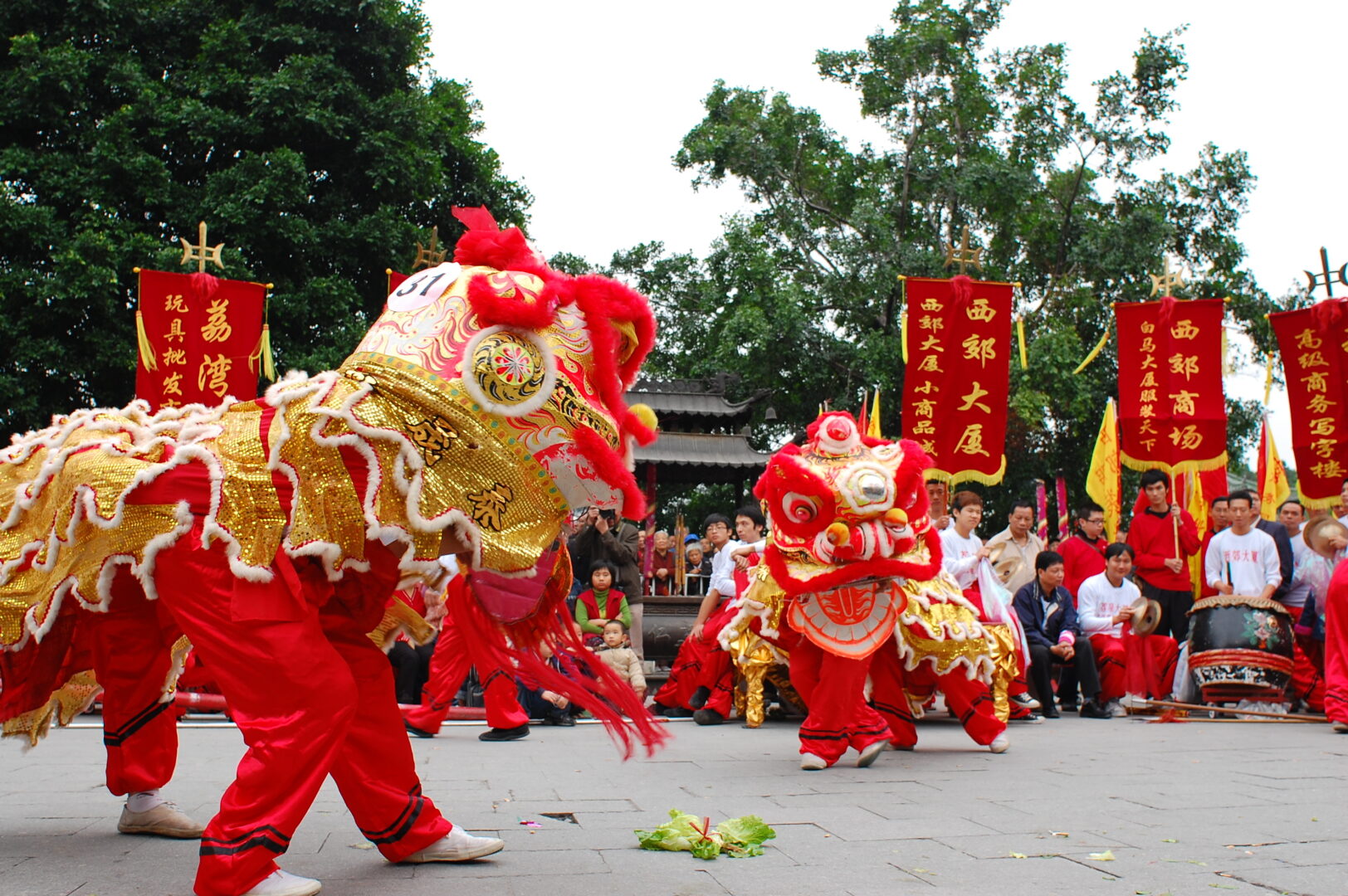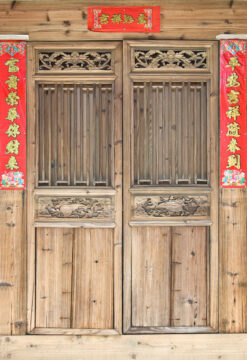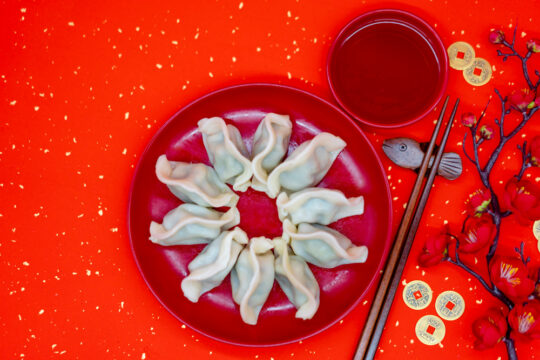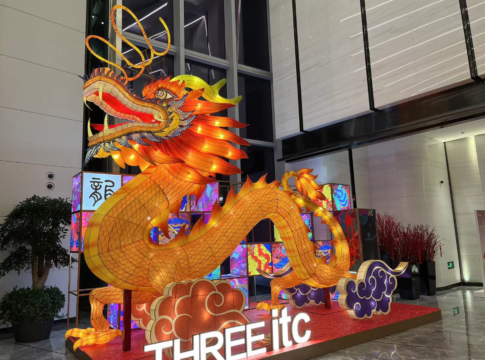Blue Yonder Associates Share Their Favorite Chinese/Lunar New Year Traditions
The Chinese New Year, also known as the Lunar New Year or Spring Festival, celebrates the beginning of the solar Chinese calendar. Celebrations last for 15 days annually, with the first day depending on the sighting of the new moon. Each year, there is an animal associated with the new year; these are called the Chinese zodiac signs and for 2024, it is a Year of the Dragon (learn more about what this means here). There are several traditions associated with the new year, so we asked our Blue Yonder associates in APAC to share their favorites:
Joanna Zhu, China, shares:
- Tie Chun Lian (贴春联): We write all the good wishes for fortune, good luck, family reunion, etc. as couplets on red papers that are placed outside of entrance so anyone visiting you will see them. These couplets express good wishes in neat, concise and delicate words.
- Setting off firecrackers (放炮竹): Setting off firecrackers has a history of more than 2,000 years. The sound of firecrackers can be heard constantly, which is a sign of removing the old and ushering in the new. Firecrackers can also be used to celebrate the arrival of the New Year, bringing joy and good luck to people. Today, it is not often heard in big cities but more common in rural areas.
- Temple fairs (庙会): During the Spring Festival, there are fairs that take place at the temples, especially in rural areas. These temple fairs have transitioned from being a grand sacrificial activity, to be more about market trading and colorful entertainment activities. These days, temple fairs are organized more like street fairs filled with food, traditional games and cultural shows. This was one of my favorite traditions as a child!


Susan Tao, China, shares:
Go to the Market (赶大集): The Chinese New Year is not only a tradition, but also cultural. It makes people feel the meaning of family, reunion and festival, as well as the profound heritage of Chinese culture. When we go to the market, it is not only a simple shopping activity, it is also a cultural experience. People go to markets to buy necessities during the Spring Festival, including New Year’s decorations, food, red envelopes, New Year pictures, fireworks, and so on. Walking in the lively market, listening to the traditional music, and watching the performances, you can feel the strong atmosphere of the traditional Chinese annual customs.

Sophia Zhong, Singapore, shares:
I believe only people from certain areas in Northern China would understand but my childhood favorite is:
Coins of Fortune ( 钱饺子): Families in Northern China eagerly prepare for the grand reunion dinner, a symbolic gathering that marks the start of the Lunar New Year. Amidst the array of delectable dishes, one tradition stands out for me, which is the incorporation of coins into dumplings. The process begins much like a regular dumpling-making session, with the assembly of the filling and the careful wrapping of the dumplings. Then, taking clean, sanitized coins that are small enough, we safely hide them within the dumplings. But only a few dumplings would be filled with the fortune coins. As the dumplings are served, the family gathers around, eager to uncover the hidden treasures within. The lucky individuals who find the most coins in their dumplings are believed to be the recipients of extra blessings and prosperity in the coming year.

Wendy Wang, China, shares:
Lantern Festivals (元宵节): Every year around Chinese New Year, there are lantern festivals at many sightseeing spots in China. This year is the Year of the Dragon, so many colored lanterns are designed in the image of dragons, which is especially magnificent. There is even one in our Blue Yonder office in Shanghai (my photo below).

Yu Chang, Taiwan, shares
New Year Red Envelope/Lucky Money (紅包): When the Lunar New Year comes, Chinese people have the custom of giving Red Envelopes, also called lucky money. Usually after the New Year’s Eve dinner, the elders of the family give them to children, and are meant to bring blessings and good luck to them. Before receiving the envelopes, children need to say some good words (吉祥話) to deliver wishes. Nowadays, red envelopes are also given to elders during the New Year Festival to express respect and filial piety. There is also a story that goes with the origin of these red envelopes:
In ancient times, there was a monster called “Sui” (祟) who would come to cause trouble on New Year’s Eve, scaring children so that they couldn’t sleep well at night. As a result, every family lights up and sits awake. This is also another custom called “Shou Sui” (守歲) – keep awake to defense “Sui. Later, people found that the monster was afraid of the color red and the sounds of copper coins. So, the adults put the copper coins in red envelopes and placed them under the children’s pillows to prevent the monster from coming near, and then children could sleep peacefully. Since then, there has been a custom of giving red envelope with lucky money on New Year’s Eve.
Today, many people like to use new banknotes in the red envelopes instead of coins as a symbolic way of getting rid of the old and welcoming in the new. As a result, banks are usually very busy right before the Lunar New Year!


